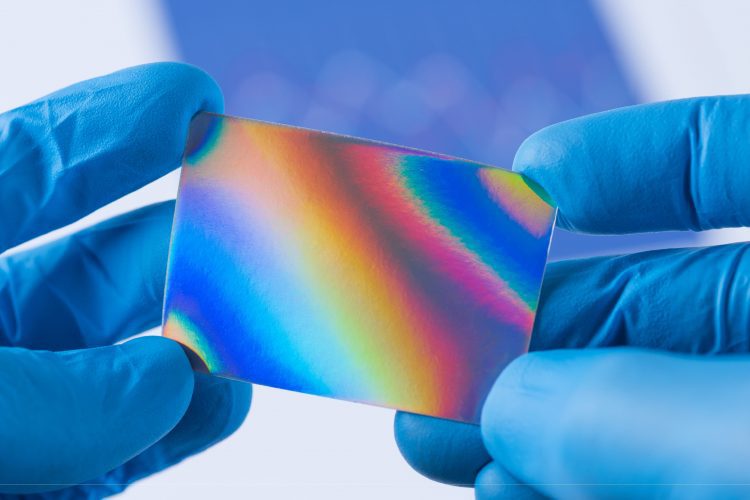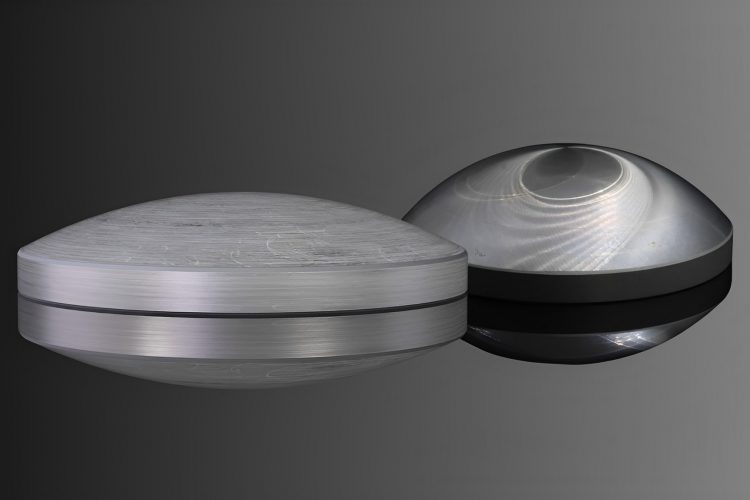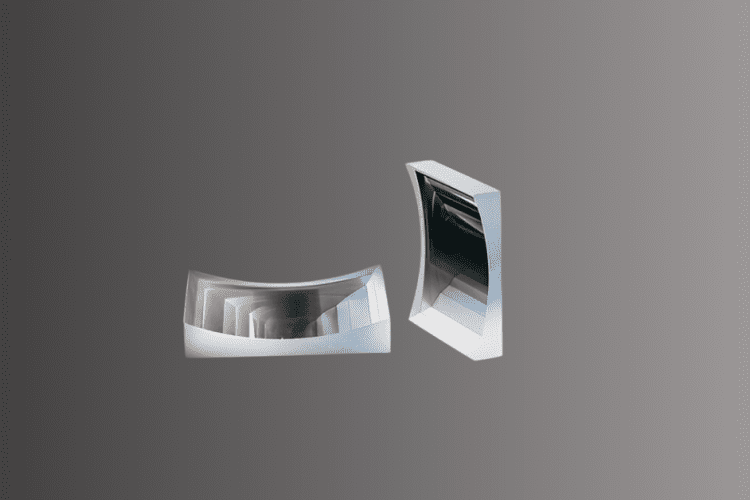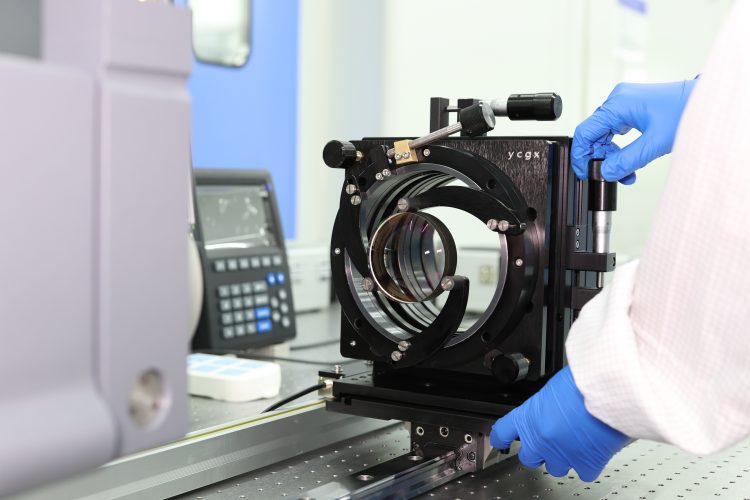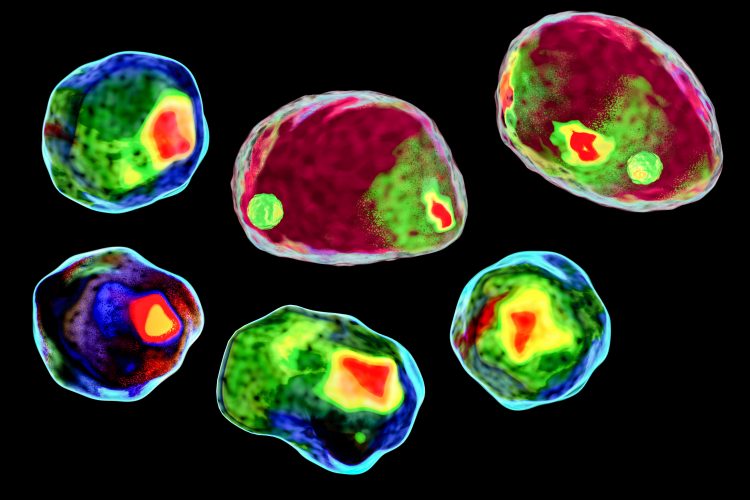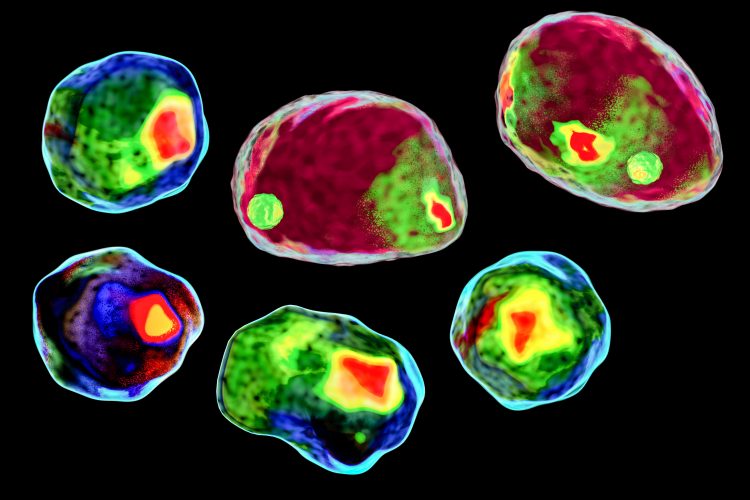An optical coating is a vital technique with many applications, including creating glasses for those with light-sensitive eyes and improving camera lenses. This article will cover all you need to know about optical coatings, such as what it is, how it works, and various types and technology. What Is Optical Coating? What is the optical […]
Blog
Avantier Inc.


